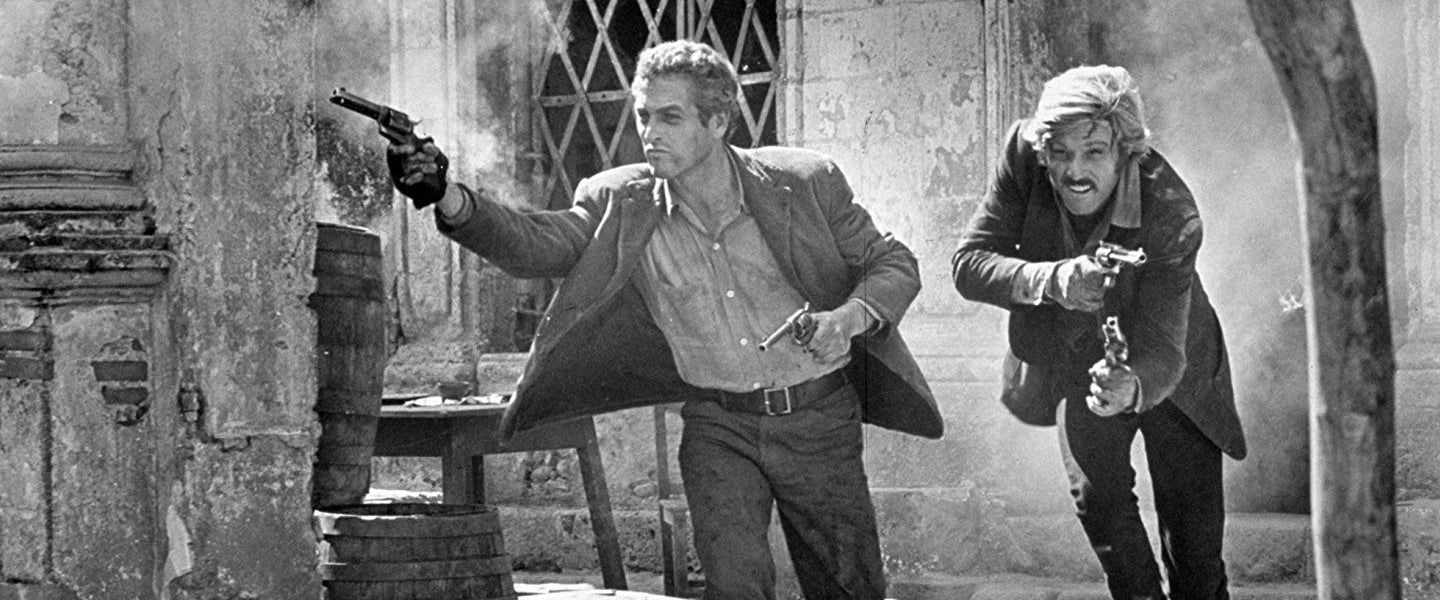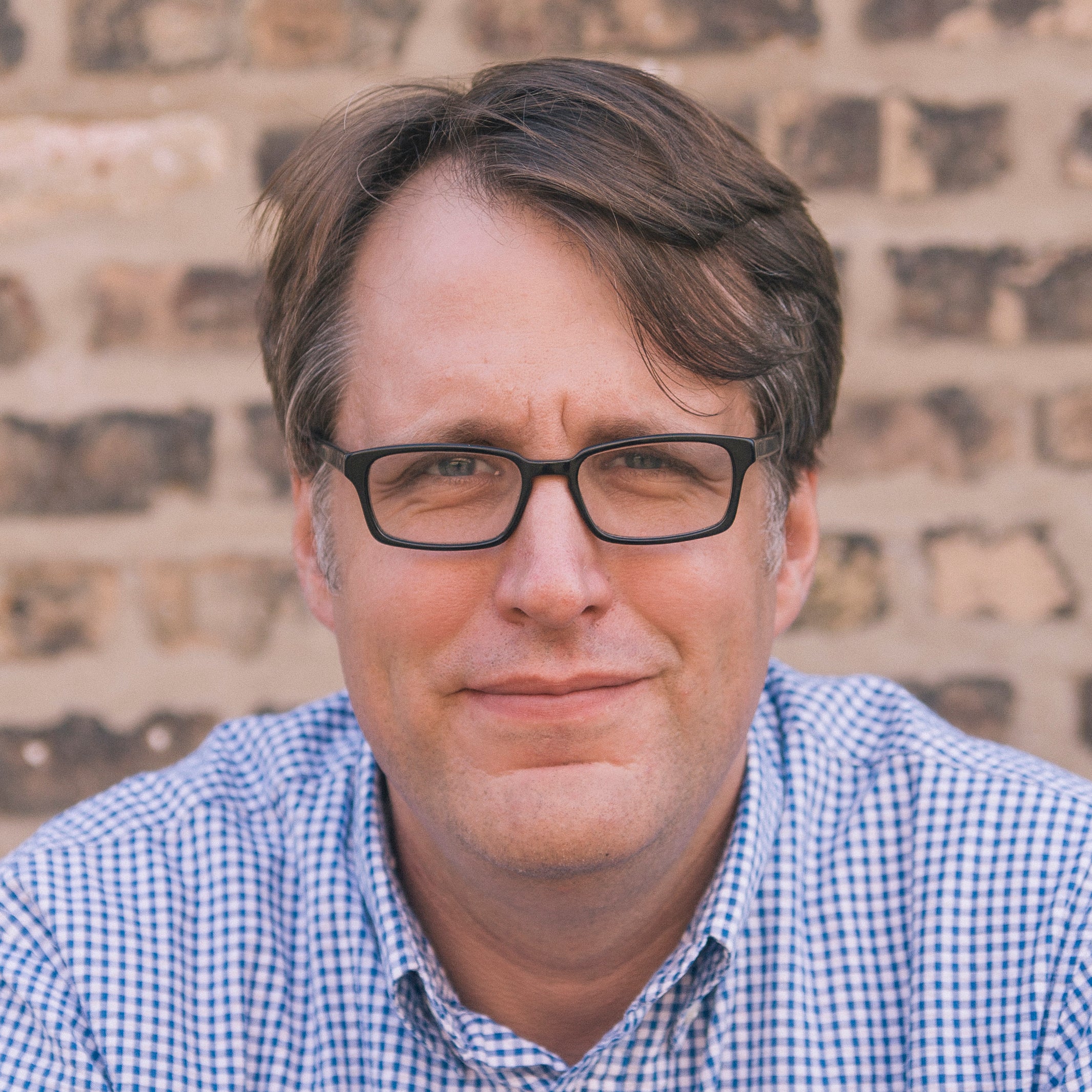“I’ll go with you, and I won’t whine, and I’ll sew your socks, and I’ll stitch you when you’re wounded, and I’ll do anything you ask of me,” Etta Pace (Katharine Ross) tells her lover, notorious outlaw the Sundance Kid (Robert Redford) and his partner Butch Cassidy (Paul Newman) shortly before they set off to Bolivia. But Etta has a condition: “Except one thing. I won’t watch you die. I’ll miss that scene if you don’t mind.”

Directed by George Roy Hill, the film seems to agree with her: It walks viewers up to the exact moment of Butch and Sundance’s death, but doesn’t show it, freezing and fading to sepia as they face off against seemingly half the Bolivian army, guns blazing. By this point, we’ve seen them get out of one tight spot after another, so why should this be different? After all, they were just trading quips a few moments earlier, sniping at each other and making plans to go to Australia. They’re Butch and Sundance to the end — they never change, even though the world changes around them.
That doesn’t make them unusual, at least when it comes to film characters. Movies are filled with sometimes charming, sometimes exhaustingly inflexible men who remain doggedly themselves under any circumstances. And while men unwilling or unable to adapt to the times may not sound like the most dynamic protagonists, they can anchor all sorts of stories. Sometimes, it’s not even clear what type of story they’re in until the last moment.
Some heroes can’t change for reasons beyond their control. An individual actor playing James Bond can take the character on a journey: Daniel Craig, for example, has found ways to play him as a man still haunted by the events of his first outing, Casino Royale. But the series will always be able to hit the reset button when a new actor takes over. It’s telling that the most traumatic event in the character’s long existence — the death of his wife moments after their marriage at the end of 1969’s On Her Majesty’s Secret Service — was ignored by all but two subsequent movies, one which referenced it in the opening then never returned to it again, and another in which his former marriage is mentioned exactly once by a secondary character. (R.I.P. Teresa “Tracy” Bond. Turns out we didn’t have all the time in the world with you after all.)
Like Bond, Indiana Jones picked up a new love interest with each outing (not counting Indiana Jones and the Kingdom of the Crystal Skull, which brings back Karen Allen, the first and best of his romantic partners). The Dirty Harry films essentially hit the reset button with each sequel, ignoring the moment in which Harry throws away his badge at the end of the first movie and letting him just be a supercop. Dom and Brian don’t really change all that much for the Fast and the Furious movies; though Brian gets married and has kids, it took Paul Walker’s death for the character to leave his life of crimefighting/crime-doing. Some stories don’t work if their characters veer out of their lane or form the sort of permanent attachments that get in the way of their adventures.
Then there’s superheroes, who have to remain essentially the same for a series to continue. Stan Lee even coined the phrase “the illusion of change” to describe how comics work and how every story, no matter how dramatic, can give way to the return of the status quo, the protagonists remaining true to their core elements. Superhero movies have largely functioned the same way: Captain America might get frozen, unfrozen and travel through time, but he’s still fundamentally Steve Rogers, a square-jawed and virtuous defender of American values. It’s only when superhero stories come to a close that change becomes possible: Batman can retire because Christopher Nolan is done with him; Tony Stark can die because Robert Downey Jr. needs to move on with his career. But while they’re around, their stories don’t really work if they behave like dynamic, multifaceted characters roiling with internal conflict.
Usually it’s the manner in which stories of unchanging men end that define them. You’ll find seemingly unchanging men in comedies from Arthur to Liar, Liar to Anchorman, films that let their unrepentant heroes struggle to stay the same for most of their running time only to offer them a last-moment shot at redemption. Arthur comes out of his alcoholic fog in time to make the right choice; supernatural intervention makes Jim Carrey’s Fletcher Reede see the error of his lying ways, but only after fighting the revelation for most of the movie; Ron Burgundy eventually, but only eventually, learns that others can be kind of a big deal, too. Part of what makes Groundhog Day such a great movie is the way it plays with this convention, making Bill Murray’s Phil Connors jump through hoop after hoop to earn redemption, in the process showing that change doesn’t come easily for anyone.
Other films remove that possibility and move toward more tragic endings. Daniel Day-Lewis delivers a fascinating performance as Daniel Plainview in There Will Be Blood, but little about Daniel changes over the course of the film. He begins and ends it as the embodiment of a relentless drive toward wealth and power — his conflict with Eli Sunday and his relationship with his adopted son end up looking like side trips on a journey with a fixed destination. Raging Bull, The Wrestler, The Social Network and countless others all put us in close quarters with men whose downfall — professional success or failure isn’t the real issue — comes from their inability to get out of their own way. By the end of these films, we know them so well that their fates play like punctuation marks at the end of a sentence.
It’s tempting to conclude that films in which men end up changing, whether at the last minute or over a longer stretch, are comedies, while those in which they don’t are tragedies. But some movies work a bittersweet combination of the two. White Men Can’t Jump gives Billy Hoyle (Woody Harrelson) all the tools he needs to change his ways and depicts him as a man aware of his own shortcomings — then watches as he blows it anyway. It’s a raucous, profane comedy until its final moments. For Billy, there’s to be no reconciliation with his girlfriend, and no real happy ending. He wins but he loses.
Which brings us back to Butch Cassidy and the Sundance Kid. It lets viewers revel in the joy of watching incorrigible rapscallions rob their way through the Old West, all the while setting up a tragic ending. In one of those coincidences that makes it easy to talk about a zeitgeist, Hill’s film was released in 1969, the same year as Easy Rider and The Wild Bunch, all films about how eras end made as the 1960s drew to a close. In the former, Wyatt (Peter Fonda) and Billy (Dennis Hopper), live outside the law as they travel through a cross-section of 1960s America on their way to make a small fortune delivering drugs, but only one of them realizes that they’ve accomplished nothing at all shortly before they meet their deaths. In the latter, a bunch of outlaws keep living their outlaw ways as the Old West gives ways to the new realities of the 20th century, taking them down in a hail of gunfire they do nothing to try to escape.
In many ways The Wild Bunch parallels the far lighter Butch Cassidy and the Sundance Kid. Hill, working from a William Goldman script, moves from escapade to escapade so fleetly it takes time to realize that he’s made a film about the passage of time, and that time will soon run out for our heroes. The safes get tougher to crack open; the bounty hunters get more skilled and tireless; the places to hide become fewer and further between. Even the bicycle Newman and Ross ride in the scene that introduced “Raindrops Keep Fallin’ on My Head” doubles as a symbol of the coming future — the last shot we see before they head to Bolivia by way of New York is a bicycle left in the rain, but there’s really no escaping the turning of the calendar.
But you can try, and you can look charming while doing it. Late in the film — after Butch and Sundance have given up using their skills with guns to work as payroll guards, unhappy with the violence it asks of them — and just before returning to America to avoid witnessing the scene she promised she wouldn’t stick around for, Etta suggests they explore “other ways of going straight.” Maybe ranching? Or farming? But they can’t. Or more accurately, they won’t. They’re committed to living as they’ve lived wherever they can still find the space to do it. The film romanticizes that choice, but the ending reveals it as tragic, even if the gunslingers trade funny lines to the end.
Although we don’t see their deaths, Hill doesn’t leave open the possibility of escape: He freezes on Butch and Sundance, leaving them forever young, handsome and witty, but the volleys of gunfire end the story even if the images don’t. They stay true to the men they’d always been until the end — but the end still finds them.

